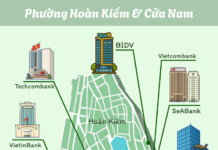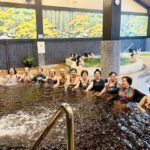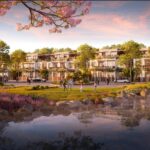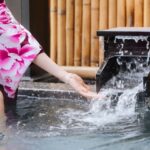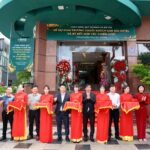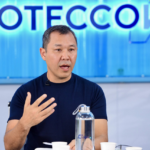From “Second Home” to “Wellness Home”: The Future of Living
The prolonged impacts on physical and mental health have led people to crave more than just a comfortable home. They seek spaces that offer balance, energy restoration, and a deep connection with nature.
In the past, the value of real estate was often measured by its central location, unique design, or entertainment amenities. Now, the softer elements have become the “priceless privileges”. Pristine air, natural light, lush greenery, hot spring water, and meditation spaces are now sought-after features that elevate the living experience.
This trend is not unique to Vietnam; it is a global phenomenon. In Japan, the onsen resort model has existed for centuries, utilizing natural hot springs as a cultural and lifestyle element. In Nordic countries, eco-communities are built around the philosophy of “slow living”, harmonizing with forests and lakes. In the US, the concept of “regenerative living” has led to the development of environmentally friendly residential areas that restore human health while conserving nature.
The common thread in all these models is the healing power of nature. A home is no longer just four walls; it is a “regenerative station” for the body and soul.
The emergence of health-regenerative real estate is not a passing fad but a reflection of the core needs of modern society. According to the Global Wellness Institute, the global wellness market reached a size of $5.6 trillion in 2022 and is projected to reach $8.5 trillion by 2027. With a compound annual growth rate of 9.8%, which is double the global GDP growth rate, the industry’s appeal and sustainability are evident. Among the various segments, wellness real estate—real estate linked to healthcare—is emerging as a key player.
Notably, consumption trends have evolved. People are no longer satisfied with short stays at resorts or spas; they aspire to own spaces where they can live, rejuvenate, and accumulate assets over the long term. This ownership desire has transformed wellness real estate into a new investment channel, combining usage and profitability.
From Health Regeneration to Sustainable Investment Opportunities
With its diverse terrain and abundant natural resources, Vietnam is emerging as a potential destination on the international wellness map. Notably, natural hot springs, from Thanh Thuy (Phu Tho), Kim Boi (Hoa Binh), Quang Binh to Ninh Thuan, are likened to “liquid gold” due to their rich mineral content, offering superior benefits for bone and joint health, cardiovascular and respiratory systems, skin, and overall well-being. These hot springs are not only healthcare resources but also the foundation for unique eco-tourism attractions, drawing domestic and international visitors.
These factors present a window of opportunity for Vietnam to develop the health-regenerative real estate segment, keeping up with global trends.
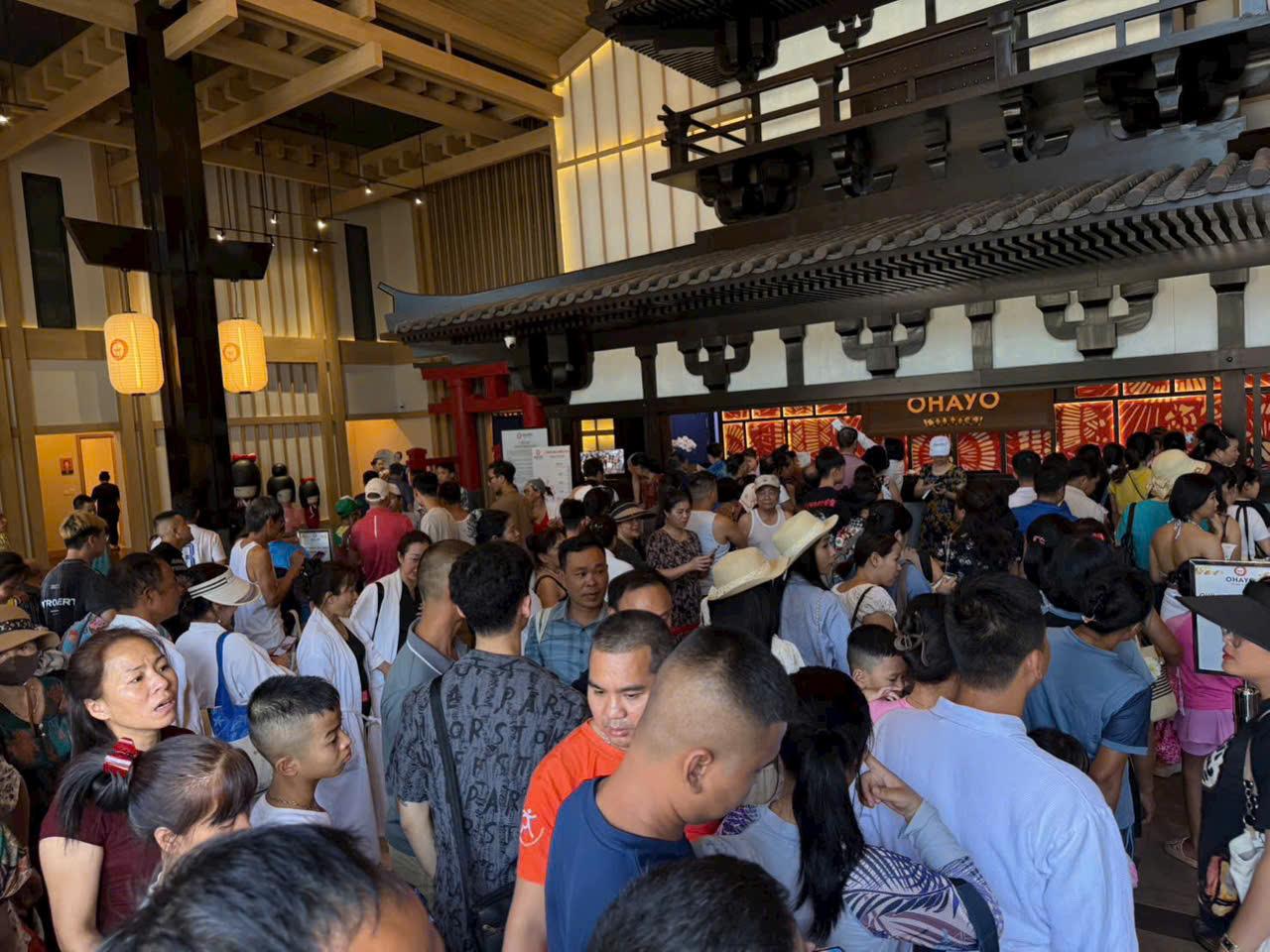
The queue of customers waiting to experience the hot springs at Ohayo Onsen & Spa in the Lynn Times Thanh Thuy complex illustrates the appeal of the health-focused vacation model.
The boom in Vietnam’s hot spring market in recent years provides concrete evidence. For instance, Ohayo Onsen & Spa, a hot spring park within Lynn Times Thanh Thuy (Phu Tho), receives an average of 35,000–40,000 visitors per month. This number reflects the significant demand among locals and tourists for health-enhancing experiences through hot spring therapy.
Anticipating this trend, several premium hot spring real estate projects have emerged. One notable example is Tokyu Retreat Thanh Thuy, a private villa complex where each residence features a year-round natural hot spring pool. Departing from the traditional vacation home model, Tokyu Retreat employs a “stay-and-operate” strategy: residents can enjoy their homes while also renting them out to generate stable income.
As the world enters the wellness era, projects associated with natural hot springs will become synonymous with a new standard of living—one that signifies tranquility and prosperity. For investors, this presents not only profit opportunities but also a chance to secure a “ticket” to the future of living, where real estate is synonymous with health and sustainable quality of life.
The Grand Unveiling of Binh Dinh’s Premier Hot Spring Resort and Spa
The charming province of Binh Dinh in Gia Lai is experiencing a tourism boom, and nestled within this emerging destination is the exquisite Baia Retreat Hoi Van. This luxurious natural hot spring resort town is the ultimate addition to the province’s burgeoning tourism map, offering a serene escape for travelers seeking relaxation and rejuvenation.
Tokyu Retreat: From Rare Natural Springs to the Japanese Art of Wellness
Unwind and rejuvenate with the natural wonders of Radon hot springs at Tokyu Retreat. This pioneering wellness retreat, just a stone’s throw from Hanoi, seamlessly blends Japanese therapeutic traditions with luxurious relaxation experiences.










